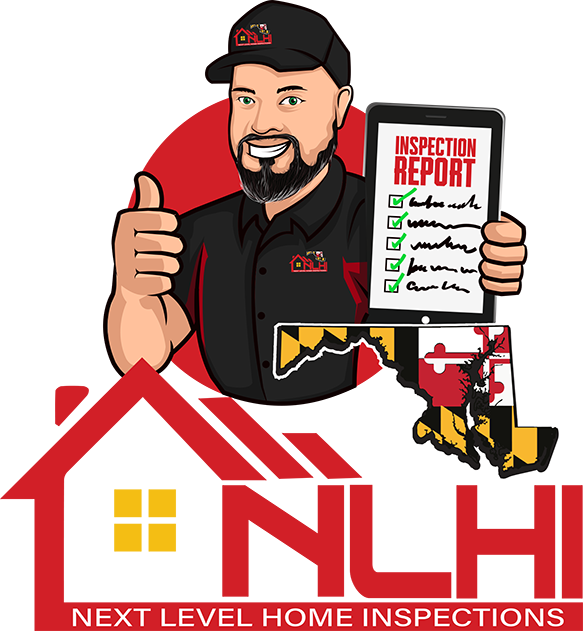Septic Inspections
Septic Inspections Services in Maryland
Any property that is not connected to a municipal sewer system must have a septic system. Wastewater produced by the property is collected, handled, and disposed of via the septic system. An essential part of property upkeep is a septic inspection, which entails checking the septic system to make sure it is operating properly. We will talk about septic inspections in this piece, including what they are, why they're important, and how they work.
A septic inspection is what?
A septic inspection is a procedure that entails looking over a septic system's parts to make sure everything is operating as it should. A licensed professional normally conducts the inspection, which involves a review of the drain field, septic tank, and related components. An inspection of the septic system's potential flaws and recommendations for maintenance or repair are the key objectives.
What Justifies a Septic Inspection?
For a number of reasons, a septic examination is necessary, including:
Protecting your property: Sewage backups, soil erosion, and groundwater contamination are just a few of the many effects that a failing septic system can have on your home. Potential issues with the system can be found during a septic inspection before they result in harm.
Protecting the health of your family: By exposing your family to dangerous germs and other toxins, a faulty septic system can endanger their health. A septic inspection can make sure that the system is operating properly and isn't endangering your family's health.
Regulation adherence: When buying or selling a home, a septic examination is frequently mandated by law. Fines and legal repercussions can be avoided by following the rules.
What Happens During a Septic Inspection?
The following actions are routinely performed during a septic inspection:
- Finding the septic tank: The inspector will find the septic tank and look for any evidence of wear or damage on the lids.
- The septic tank will be examined by the inspector, who will open the lid and look inside for any indications of damage like rust or cracks. Additionally, they will inspect the inlet and outlet baffles to make sure they are in good shape.
- The thickness of the sludge and scum layers in the septic tank will be measured by the inspector to ascertain whether it needs to be pumped.
- The inspector will examine the drain field to look for any indications of damage, such soggy soil or plants.
- To ascertain whether the soil is appropriate for a drain field, the inspector may also conduct a soil test.
- After the examination is over, the inspector will offer suggestions for any repairs or maintenance required to keep the system operating properly.
Septic System Inspection Tools
The health and security of the system depend on a number of septic inspection components. These elements consist of:
Septic tank: The main element of the septic system, the septic tank is in charge of separating particles from liquids.
Drain field: The drain field is in charge of processing sewage that emerges from the septic tank.
Baffles at the inlet and outlet: These baffles control how much wastewater flows into and out of the septic tank.
Distribution box: The distribution box is in charge of dispersing wastewater to the drain field in an even distribution.
Pipes: The pipes transport effluent from the septic tank to the drain field.
Soil: As the wastewater reaches the drain field, the soil treats it, making it a crucial part of the septic system.

